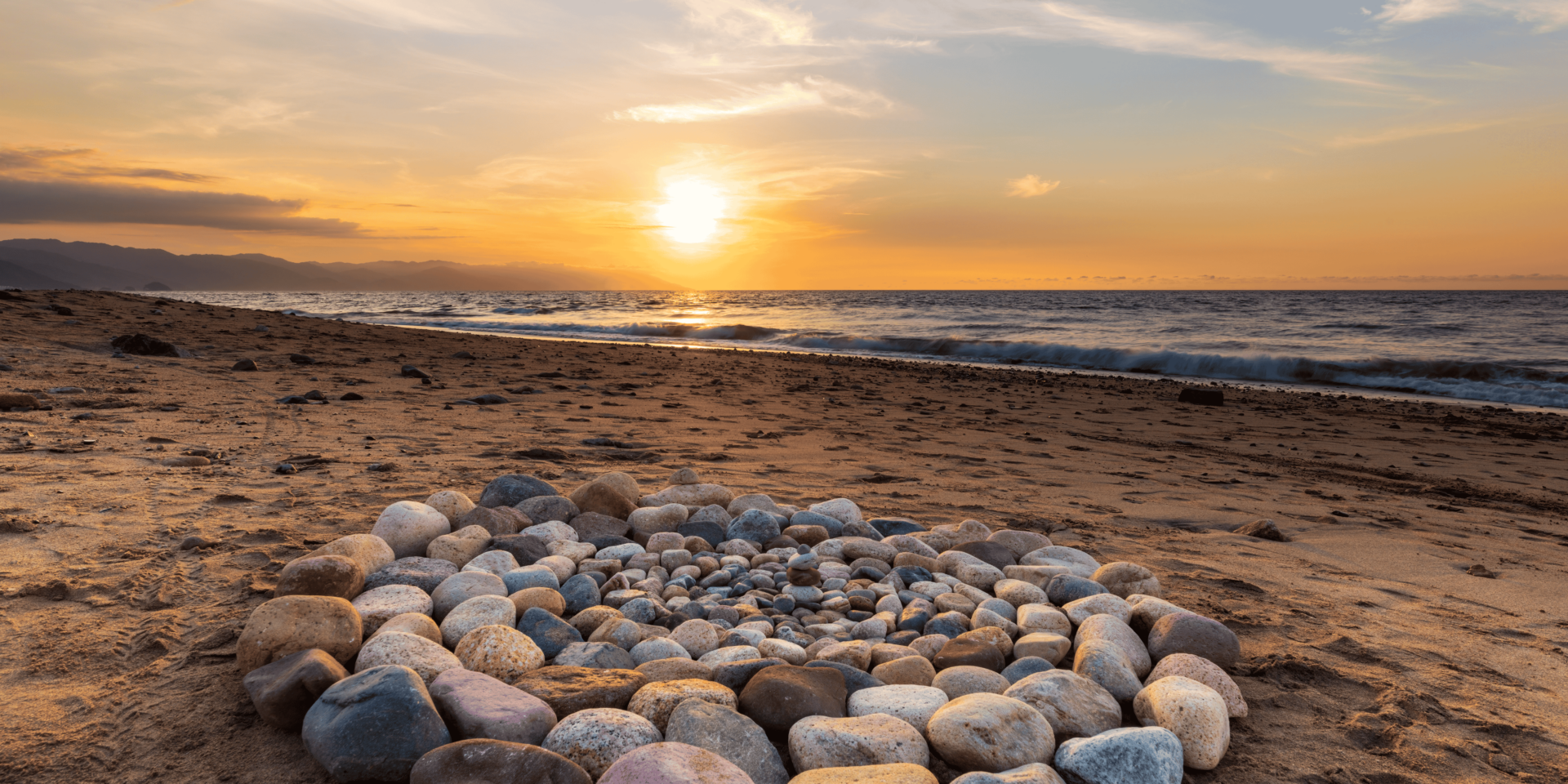Evenings in Marbella are changing. Once defined by slow dinners and quiet streets, the town now hosts a broader range of activity after sunset. Locals and visitors alike shape this shift by embracing a new rhythm that blends tradition with modern energy.
As the sun drops below the horizon, streets fill with movement. Beachfront paths buzz with people walking, dining, or simply enjoying the breeze. What was once a calm coastal wind-down now becomes a key part of the daily experience, full of intentional moments and quiet transformation.
The Waterfront Shapes Daily Transitions
Marbella’s shoreline plays a central role in how people mark the end of the day. The beach becomes more than a destination—it turns into a gathering place where light, sound, and temperature all shift together.
In a realistic scene, a local business owner finishes work and walks toward the Paseo Marítimo. Families settle onto benches, couples stroll near the tide, and street musicians begin to play soft rhythms. This transition creates a clear divide between the demands of the day and the ease of the evening, helping people reset with the natural environment.
Dusk Drives Social Connection
As daylight fades, Marbella’s community reconnects. The end of the day doesn’t lead to isolation—instead, it sparks interaction. Whether in plazas, cafés, or open-air lounges, people use this time to share space and conversation.
A group of friends meets at a shaded terrace after work. They order drinks, exchange updates, and enjoy the shift in temperature that comes with nightfall. These shared moments build routine and strengthen social bonds. In Marbella, the evening acts as a built-in time for connection, not separation.
Local Dining Evolves with the Setting Sun
Marbella’s dining culture adjusts around sunset. Restaurants time their service to the changing light, and guests choose their seating based on the view. The experience becomes less about rushing to eat and more about staying present in the moment.
A table at a beachfront chiringuito fills slowly as the sky darkens. The focus isn’t only on the food—it’s on the setting, the air, and the timing. As a result, meals feel longer, more thoughtful, and more closely tied to the rhythms of the coast.
Evening Markets Add a New Layer to Leisure
Twilight brings more than meals. Marbella’s pop-up evening markets offer locals and tourists a way to explore handmade goods, art, and food under fading light. These markets turn walking routes into small adventures, adding interest to familiar spaces.
In a side street near the beach, vendors set up stalls just before sunset. Shoppers browse with no rush, drawn by soft lighting and cooler air. The markets offer more than products—they provide an experience rooted in time, place, and atmosphere.
Outdoor Spaces Encourage Stillness and Movement
Not all evening activity in Marbella is social or commercial. Many residents use this time for quiet reflection. Whether jogging along the sand or sitting alone in a plaza, the late hours offer room to think and unwind.
A runner moves steadily along the beach path, tracking the fading color of the water. A few steps away, someone sits quietly, facing the sea. These scenes show that Marbella’s evenings support multiple needs—stillness, motion, solitude, and community—all within the same shared environment.
Storytelling Anchors Cultural Memory
As the sky darkens, Marbella’s stories come alive. In family gatherings, community events, or spontaneous conversations, people share memories tied to the sea, the streets, and the seasons. The evening opens space for these narratives to surface.
In a local courtyard, older residents describe how the area looked decades ago. Nearby, children listen, bridging generational gaps. These stories preserve the town’s identity and give shape to its future. Marbella’s evenings are not just about leisure—they’re also about remembering, learning, and passing history forward.
Tourism Adjusts to Local Pace
Visitors to Marbella often arrive with expectations shaped by fast schedules. But sunset rituals invite them to slow down. Tourists begin to shift their behavior, matching the unhurried rhythm that locals have built into their daily lives.
A traveler checks into a hotel, planning to see several landmarks in one night. Instead, they walk to the beach, drawn by the sound of waves and the sight of the fading sky. The experience redefines their evening, replacing a checklist with a memory. Marbella’s evenings teach visitors how to be present, not just active.
Evening Sounds Shape the Atmosphere
Sound plays a quiet but powerful role in redefining Marbella’s nightscape. As daytime noise fades, the town begins to breathe differently. Music, laughter, and conversation rise in volume, but in a way that feels calm, not chaotic.
Along a quiet lane, soft jazz drifts from a bar’s open door. Further down, footsteps echo off tiled paths. These layers of sound create an atmosphere rooted in awareness and simplicity. The shift in noise mirrors the shift in energy, offering a new way to hear the town.
Light Design Guides the Night Experience
Lighting along Marbella’s streets, parks, and waterfront reflects an intentional approach to how people engage with the space. It is not overly bright or distracting, but calm, warm, and focused on comfort.
Streetlights cast a soft glow across walking paths. Restaurant signs avoid glare and instead invite people in with subtle tone. These lighting choices don’t just make the town visible—they make it feel safe, welcoming, and calm as evening deepens. Marbella’s nightscape is built to be experienced, not rushed through.

